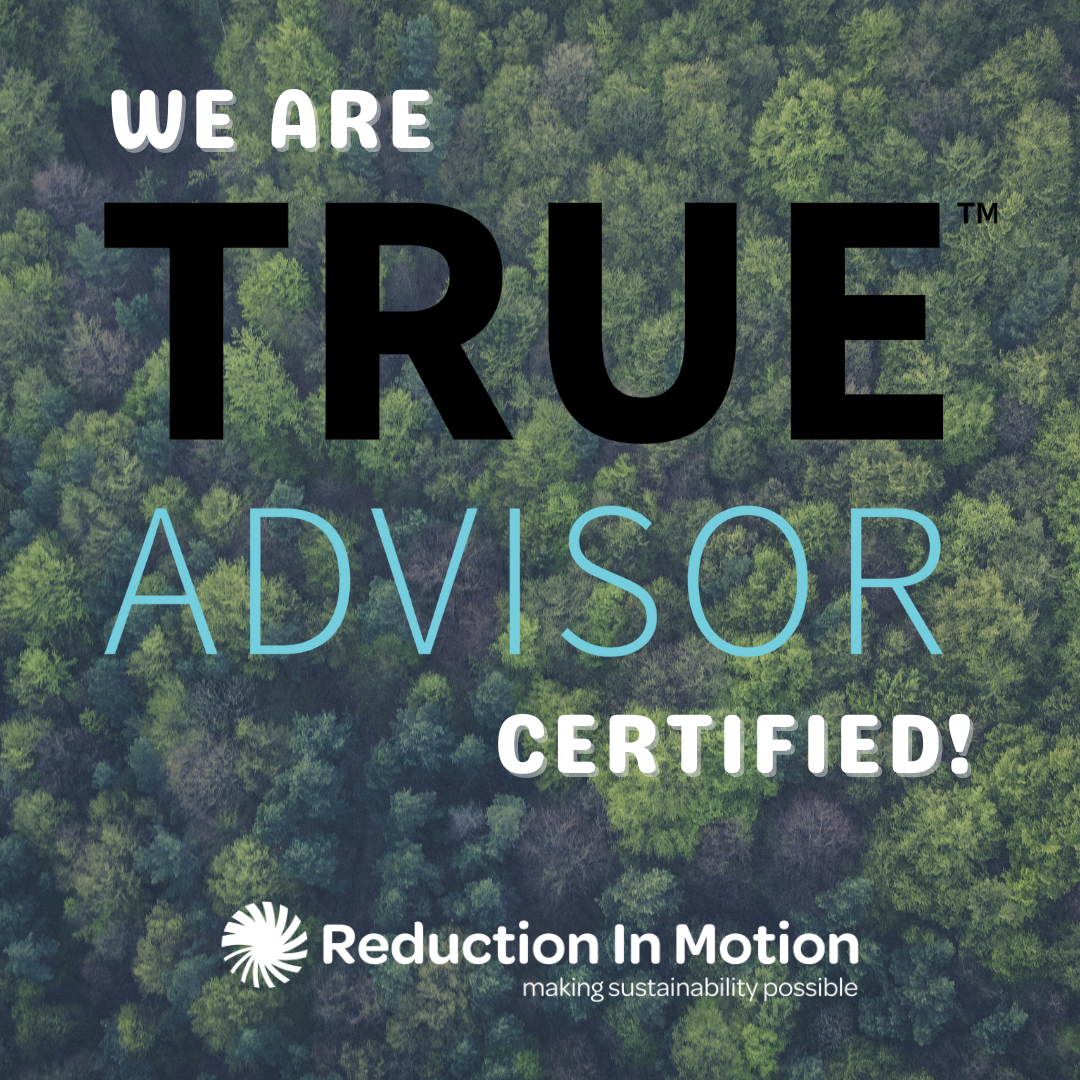Paper Recycling
Paper, specifically newspaper, can be credited with kick starting the curbside recycling industry. Forty (40) years ago when curbside recycling was just beginning to take shape it all centered around newspapers because back then newspaper was everywhere. There wasn’t social media, 24-hour coverage or news apps on cell phones. For everyone to keep up-to-date with what was happening in the world, they read the newspaper. Of the ninety-three (93) curbside programs operating in 1973 almost all of these programs only collected newspaper (Waste & Recycling News, August 5, 2013).
Almost 1,800 daily newspapers had a total circulation of more than 63 million around the country that year compared to less than 1,400 daily papers with a circulation of 44.4 million in 2011, according to the Newspaper Association of America (Waste & Recycling News, August 5, 2013).
Here are some sobering facts about paper consumption and recycling from RecyclingFacts.org:
- Around 1 billion trees worth of paper are thrown away every year in the US. (RecyclingFacts.org)
- To produce each week’s Sunday newspapers, 500,000 trees must be cut down. (RecyclingFacts.org)
- Recycling half the world’s paper would free 20 million acres of forest land. (RecyclingFacts.org)
- Paper combined with cardboard make up 73% of the materials in the landfill. (RecyclingFacts.org)
Those are some staggering numbers! Now to figure out what kinds of paper can and cannot be recycled so we can start to turn those numbers around.
Here are the basics of paper recycling in a nutshell:
Paper consists of fibers. The longer the fiber, the more valuable the paper is during the recycling process. As paper is recycled over and over, the fibers become shorter and must be downcycled into tissue or toilet paper. While these materials are still valuable, they aren’t as valuable as strong, white office paper with long fibers (Earth911.com).
So, paper with the longest fibers (white office paper) is the most recyclable and has the most value in the resale market. The farther you move away from plain white paper the less valuable the end recycled product will be. When it comes to shredded paper, yes, it is recyclable; however, shredding shortens the fibers and thus the value, so not all recyclers are willing to accept it. During the recycling process paper is mixed with water because of this, paper and cardboard soiled with food, grease, oil and other liquids are best thrown in the trash as these contaminants will only bring down the value of the batch.
According to the EPA there are five (5) basic paper grade categories:
- Old Corrugated Containers (OCC):
- i.e. corrugated cardboard
- Used to make recycled shipping packages and paperboard
- Mixed Paper:
- i.e. mail, phone books, paperboard, magazines
- Used to make paperboard and tissue, as a secondary fiber in the production of new paper or as a raw material in non-paper products (chipboard, roofing felt, insulations, egg cartons)
- Old Newspapers (ONP)
- Used to make new recycled newsprint
- High Grade Deinked Paper
- i.e. letterhead, copier paper, envelopes
- After deinking it can become paper for printing and writing or tissue
- Pulp Substitutes
- i.e. shavings and clippings from converting operations at paper mills and print shops
- Can be used in place of virgin materials for the production of high-grade paper products
For single stream recycling to work, the processing facility (MRF) must sort the recyclable materials properly and thoroughly to market specifications (EPA). Sorting is the most important step in the recycling process; in order for recycling to be effective and for recycled products to find their way back onto store shelves this step has to be completed with the utmost attention.
Encouragingly, according to paperrecycles.org The amount of paper going to landfills has declined by more than half since 2000, falling to 18.7 million tons in 2012†(paperrecycles.org). In addition, the 2012 U.S. [paper] recovery rate of 65.1 percent is the second highest on record, nearly doubling the rate of 33.5 percent in 1990†(paperrecycles.org). And according to the American Forest & Paper Association the amount of paper recovered for recycling in 2011 averaged 338 pounds for every man, woman and child in the U.S. (Earth911.com).
Here are some tips to help you reduce, reuse and recycle your paper:
- Print on both sides of the paper
- Set your default margins to narrow when typing documents
- Use scrap paper for taking notes
- Place a recycling receptacle as close to your trash can as possible this will encourage items such as junk mail to be recycled instead of tossed into the trash
- Print only what you need
- When possible, send documents via email or some other electronic means instead of printing and passing along
- Instead of paper lunch bags use a reusable bag
- Cardboard boxes can be reused in a multitude of ways
- When purchasing paper products look for those that are made from recycled paper
- Paper and newspaper torn into strips makes great mulch for your gardens
- Wrap gifts with old newspaper
- Choose an opt out method for opting out of junk mail and help stem the amount you are sent in the first place
- Read your newspapers online
- Share print subscriptions
If you have any paper recycling tips and tricks of your own, please feel free to share them with us, we always welcome new and fresh ideas when it comes to waste reduction. You can find us on Facebook, Twitter, and LinkedIn or you can reach us via phone or email.
The American Forest & Paper Association has set a goal with their Better Practices, Better Planet 2020 Sustainability Initiative to exceed [a] 70 percent rate of paper recovery for recycling by 2020†(AF&PA).  If we all pitch in and do our part we can easily meet and exceed that goal. Let’s all take a pledge today to reduce, reuse and recycle more paper products to keep them out of our landfills.
Not recycling at work? Contact us to learn more about how Reduction In Motion is helping organizations achieve their sustainability goals. We specialize in waste reduction and waste flow strategies for companies of all sizes. Focused on education and driven by on-site facilitation, our processes have helped our clients achieve award-winning programs. Don’t forget to connect with us on Facebook, Twitter, and LinkedIn.

Our team of sustainability and waste consultants work together to develop content for our site. Contact us to learn more about something we’ve written about or would like us to focus on in the future.

